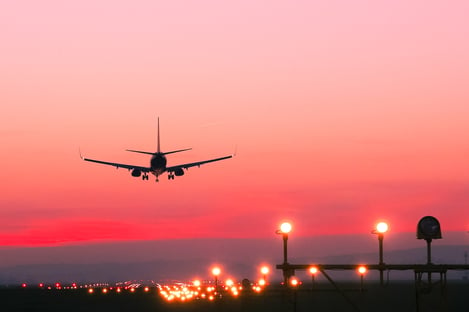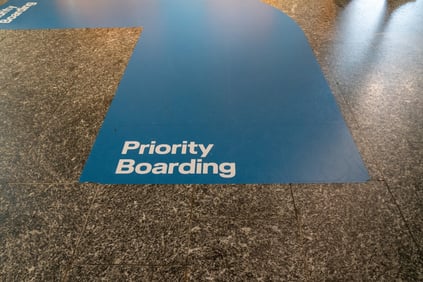Using data analytics as the Loyalty Design engine to maximize loyalty kpi's
The driver behind most loyalty program reviews is a general sense that the current loyalty benefits are not...
As noted in the Nov 5 New York Times Article How Frequent Flier Programs Are Changing in a Changed World, business travel is still way off of pre-pandemic levels, and US Airlines are battling to retain the loyalty of frequent travelers. Tactics include lowering elite tier thresholds and increasing the credit allowed for non-flying transactions such as credit card spend. In addition, they are reducing focus on mileage due to the environmental concerns related to the notion of travelers taking unnecessary trips just to earn or retain their status.
Much of this response is due to the changes felt due to Covid-19, though as the author notes, some “may be disenchanted with airline loyalty programs, which, in the years leading up to the pandemic, had made upgrades and free tickets more elusive”.
From a Loyalty Program Design standpoint, my reaction to this news is that the airlines are taking just another step on the same path towards devaluation of the core currency, with too much focus on trying to retain a customer who may have stopped traveling. It seems clear that many of the changes brought on by COVID-19 will have a long lasting effect on travel patterns and the future of work. The travel market will not be dominated so disproportionately by the “road warriors” of old that so many of these programs were developed around.
At the same time, there is no doubt that there is huge untapped demand for travel for those who have been trapped at home for the last 18 months. And for many who will still work remotely for the foreseeable future, the desire and opportunity to travel for personal reasons has never been higher. This will have tremendous impact on hotels, car rental companies and airlines, and their loyalty programs need to adapt quickly to find these new audiences and develop relevant propositions.
Loyalty Consultant Brainstorm: Three New Segments to Focus on
To help illustrate the opportunity, we held a brief brainstorm to address these changes. Here are three potential segments that the travel category should consider capitalizing on to capitalized on new audiences and build true loyalty.



These few examples are simply the product of a Loyalty Consultant brainstorm, but they illustrate how new thinking could be applied to new audiences for the airlines to take advantage of the pent up demand for travel that is undoubtedly going to be satisfied in the coming months and years. The airlines that move first with progressive offerings will show that they are in step with these new audiences.
About LoyaltyLevers
LoyaltyLevers provides loyalty program consulting services to top brands who want to go beyond cookie cutter schemes to build true loyalty and maximize ROI. Most brands follow the same rewards recipe, and as a result the minority of members report they are “very satisfied” and less than 20% feel special or recognized. The majority of C-Suite executives question ROI. Through our proprietary LoyaltyLevers approach, we tap into proven psychological motivators behind the tangible rewards and emotional benefits that drive loyalty success, and engage members with the benefits through-out their customer journey.
The driver behind most loyalty program reviews is a general sense that the current loyalty benefits are not...
Thanks to the expert contributions from LoyaltyLevers’ tech partner network, we’ve curated the most actionable...
Comments